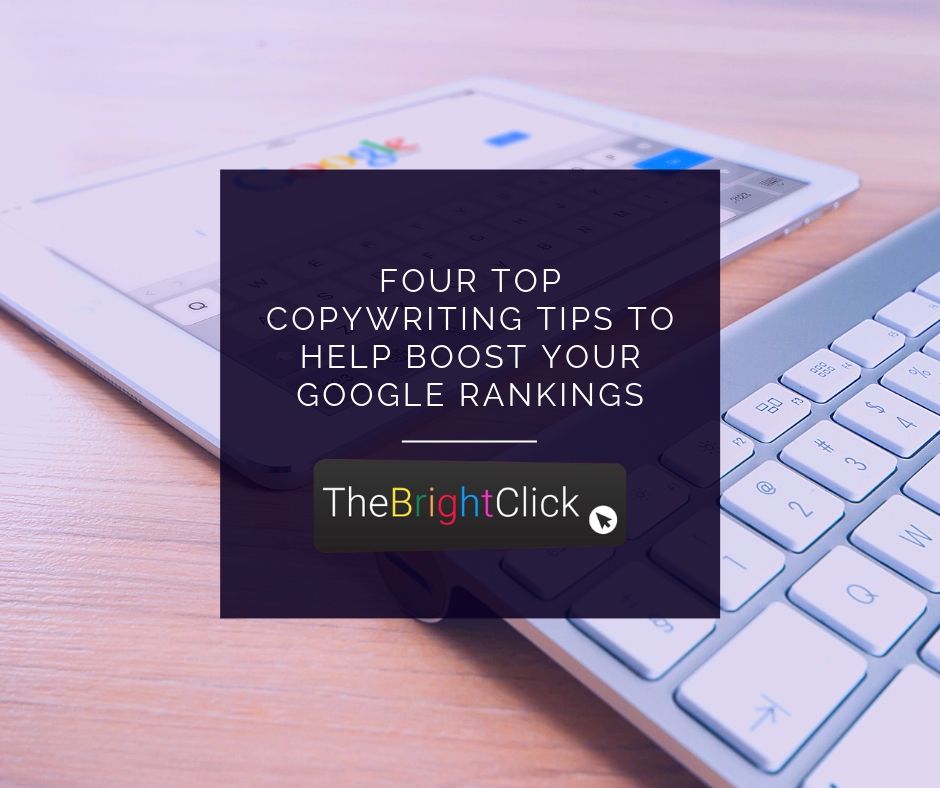 When building your online advertising campaigns you know how important it is to create a highly focussed keyword list that will hit your target audience. Yet you know that no matter how robust your efforts are, you still face a stumbling block in the shape of your ad copy.
When building your online advertising campaigns you know how important it is to create a highly focussed keyword list that will hit your target audience. Yet you know that no matter how robust your efforts are, you still face a stumbling block in the shape of your ad copy.
The whole point of creating your ads is to encourage people to click on them. Not only this, but you need the right sort of people to click on your ads.
To achieve this it can pay you to put a lot more focus and thought into your ad content.
Let’s take a look at some top copywriting tips that will appeal to Google Ads.
1: The importance of understanding your customer journey
To start with you need to be able to align your messaging with your customer journey. Google will love this because its whole purpose is to serve its users with the most relevant search results.
Google is very keyword-centric. It relies upon your keywords to deliver results, so to help Google to determine which Ads are useful to its users it is essential to target relevant keywords with your ad copy.
However, keywords shouldn’t be your only focus when writing your ad copy. While they are relevant to help target your audience, you still need to be focused on the needs and desires of your target audience and how your product or service can benefit them.
This means that you need to align the message of your ad content with the different stages of your customer journey.
2: Targeting the different stages of your customer journey
Your target customer will be on a journey that you can tap into. They will go through different stages of a journey as follows:
- The realisation of a problem (the awareness stage)
- Searching for a solution to their problem
- The discovery of a possible solution to their problem
- Learning about the options they can choose from
- Purchasing the solution to their problem (the conversion stage)
It is the different stages of this path that you can target your ads to, so rather than focus on the awareness stage alone, you can create ads that can take your customer on their journey right from the start to the finish.
By creating a complete end-to-end set of ads that target the different stages of a customer journey and delivering them with relevant information to each stage through your ad copy, you can encourage them to trust you and continue along to the ‘conversion stage’ where they will happy to buy from you.
At the end of the day, a customer will not click on your ad because of its excellent keyword density. They will click on your ad because it talks to them and offers a compelling solution to their problem.
3: Be more direct with your ads
When someone takes to Google to search for a solution to a problem they are having, they can be triggered to click on ads with a compelling message.
However, you don’t want absolutely everyone to click on your ads if they have no intention of becoming your customer.
The whole point of creating your ads is to win customers, right? Why would you want to pay for clicks from people that are not interested in your product or service and don’t want to become your customer.
Until the universe can invent a way to eliminate unqualified clicks, there are strategies that you can use to reduce the risk of unwanted clicks. For example:
- Be clear with your copy: One of the best ways to do this is to be absolutely clear with your message. Use your ad copy to tell Google users exactly who your product or service is for.
- Don’t tell customers what they already know: Your ads have a limited number of characters to use. Wasting your precious characters on info that your customers already know is a waste of text. Instead, focus on what value your product or service can deliver to your customers.
4: Optimise your ads for smaller devices
With the majority of people using smartphones to search Google these days, it makes sense to optimise your ad for mobile devices.
Too many times people discover that Google will reduce your ad copy to optimise it for smartphones, but this can mean losing the best parts of your ad copy leading to poor results.
A while ago, Google made text ads larger by giving advertisers a third 30-character headline and a second 90-character description. However, smaller mobile screens and mini tablets don’t always accommodate this amount of text, so Google will cut some of your ad copy automatically.
To get around this you should make sure to include your most important information in the first two headlines and the first part of your description.
Conclusion
Use the advice given in these four tips to help you better target your ad copy and tweak your message to discourage unwanted clicks and optimise your ads to get your message over on smartphones and tablets.

